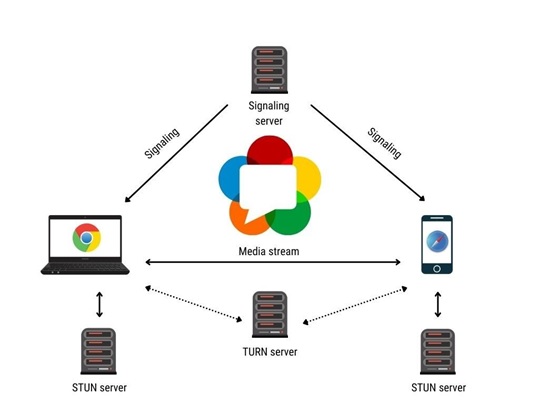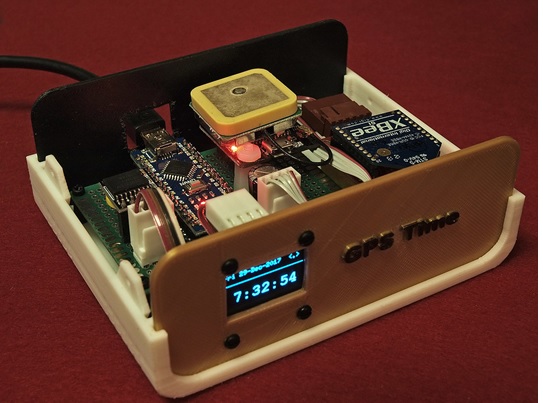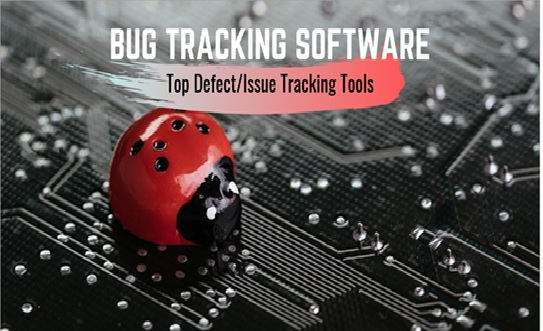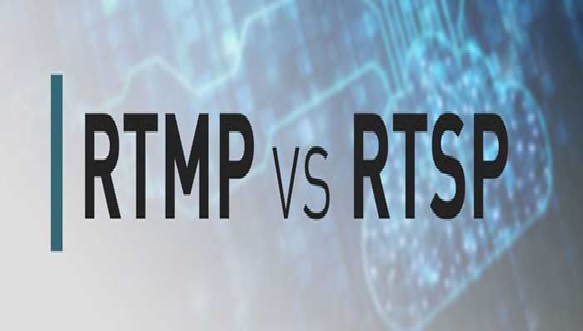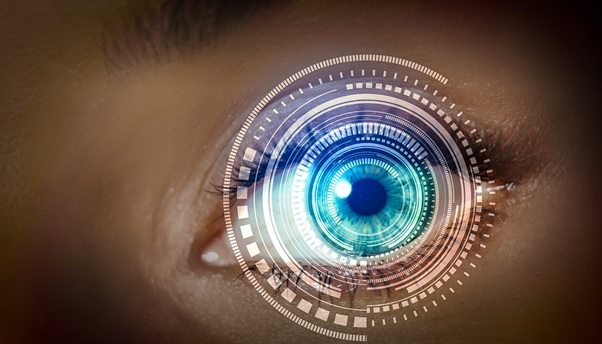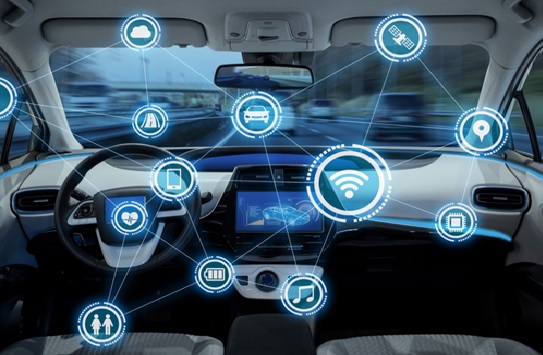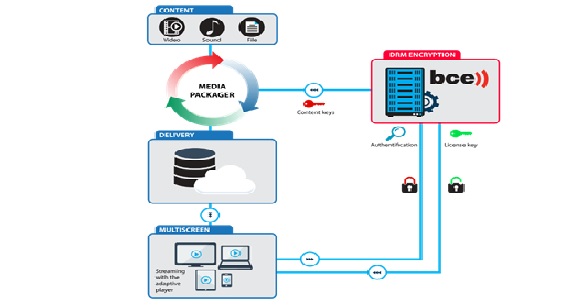Types of Biometrics
Biometrics are biological measurements — or physical characteristics — that can be used to identify individuals. For example, fingerprint mapping, facial recognition, and retina scans are all forms of biometric technology, but these are just the most recognized options.[1]
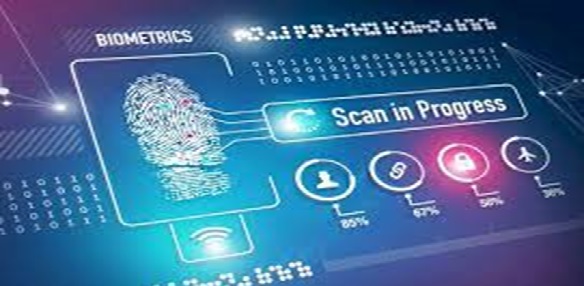
Figure 1. the types of biometrics
Figure 1 shows Biometrics are automated methods of recognizing a person based on a physiological or behavioral characteristic. Among the features measured are face, fingerprints, hand geometry, handwriting, iris, retinal, vein, and voice. Biometric technologies are becoming the foundation of an extensive array of highly secure identification and personal verification solutions. As the level of security breaches and transaction fraud increases, the need for highly secure identification and personal verification technologies.
The need for biometrics can be found in federal, state and local governments, in the military, and in commercial applications. Enterprise-wide network security infrastructures, government IDs, secure electronic banking, investing and other financial transactions, retail sales, law enforcement, and health and social services are already benefiting from these technologies.[2]
Three Types of Biometrics Security:
While they can have other applications, biometrics have been often used in security, and you can mostly label biometrics into three groups:
- Biological biometrics
- Morphological biometrics
- Behavioral biometrics
Biological biometrics use traits at a genetic and molecular level. These may include features like DNA or your blood, which might be assessed through a sample of your body’s fluids.
Morphological biometrics involve the structure of your body. More physical traits like your eye, fingerprint, or the shape of your face can be mapped for use with security scanners.
Behavioral biometrics are based on patterns unique to each person. How you walk, speak, or even type on a keyboard can be an indication of your identity if these patterns are tracked.[1]
Biometric authentication
Biometric authentication compares data for the person's characteristics to that person's biometric "template" to determine resemblance.
- The reference model is first stored.
- The data stored is then compared to the person's biometric data to be authenticated.
Biometric identification
Biometric identification consists of determining the identity of a person.
- The aim is to capture an item of biometric data from this person. It can be a photo of their face, a record of their voice, or an image of their fingerprint.
- This data is then compared to the biometric data of several other persons kept in a database. [3]
References:
- https://usa.kaspersky.com/resource-center/definitions/biometrics
- https://www.aim-na.org/aidc-technology.html
- https://www.thalesgroup.com/en/markets/digital-identity-and-security/government/inspired/biometrics
Cite this article:
Thanusri swetha J (2021), Types of Biometrics, Anatechmaz, pp. 27




